Even when all is quiet, sound brings forth the emotions of World War I
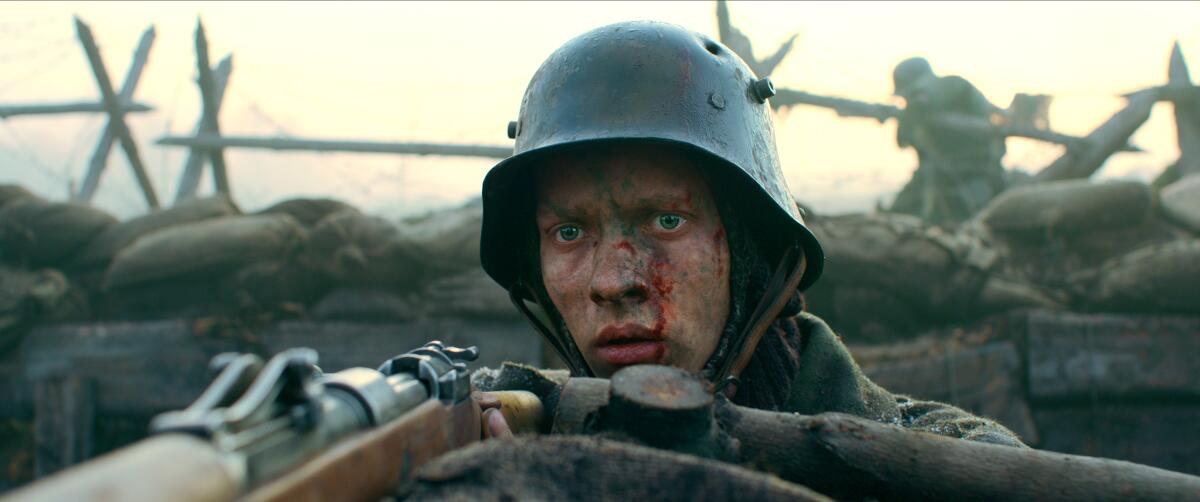
- Share via
In “All Quiet on the Western Front,” from director Edward Berger, soldier Paul Bäumer (Felix Kammerer) is found in a pile of rubble by his comrades having survived a night of enemy shelling. As he gains consciousness, the muffled sounds of war — particularly the screams of wounded men — seep into the soundscape. He’s quickly put to work collecting dog tags from the fallen. We hear a crunch at his feet. It’s a pair of glasses. Picking them up, Paul’s breath races, the atmosphere around him dampens. He turns over a body lying face down in the mud. It’s his friend. Tears pour down Paul’s face as he tidies up the disheveled uniform looking for words to say goodbye. They never come. A simmering melodic score abruptly halts when someone shouts at him to keep moving. It’s Paul’s second day at war.
“Everything is told from an emotional standpoint,” says rerecording mixer Lars Ginzel. “We wanted to try and put the audience in Paul’s shoes or position them at his side, while at the same time tell the story.” The German-language film, adapted from Erich Maria Remarque’s 1929 novel, presents the atrocities of World War I through an intimate portrait that follows Paul and a handful of comrades.
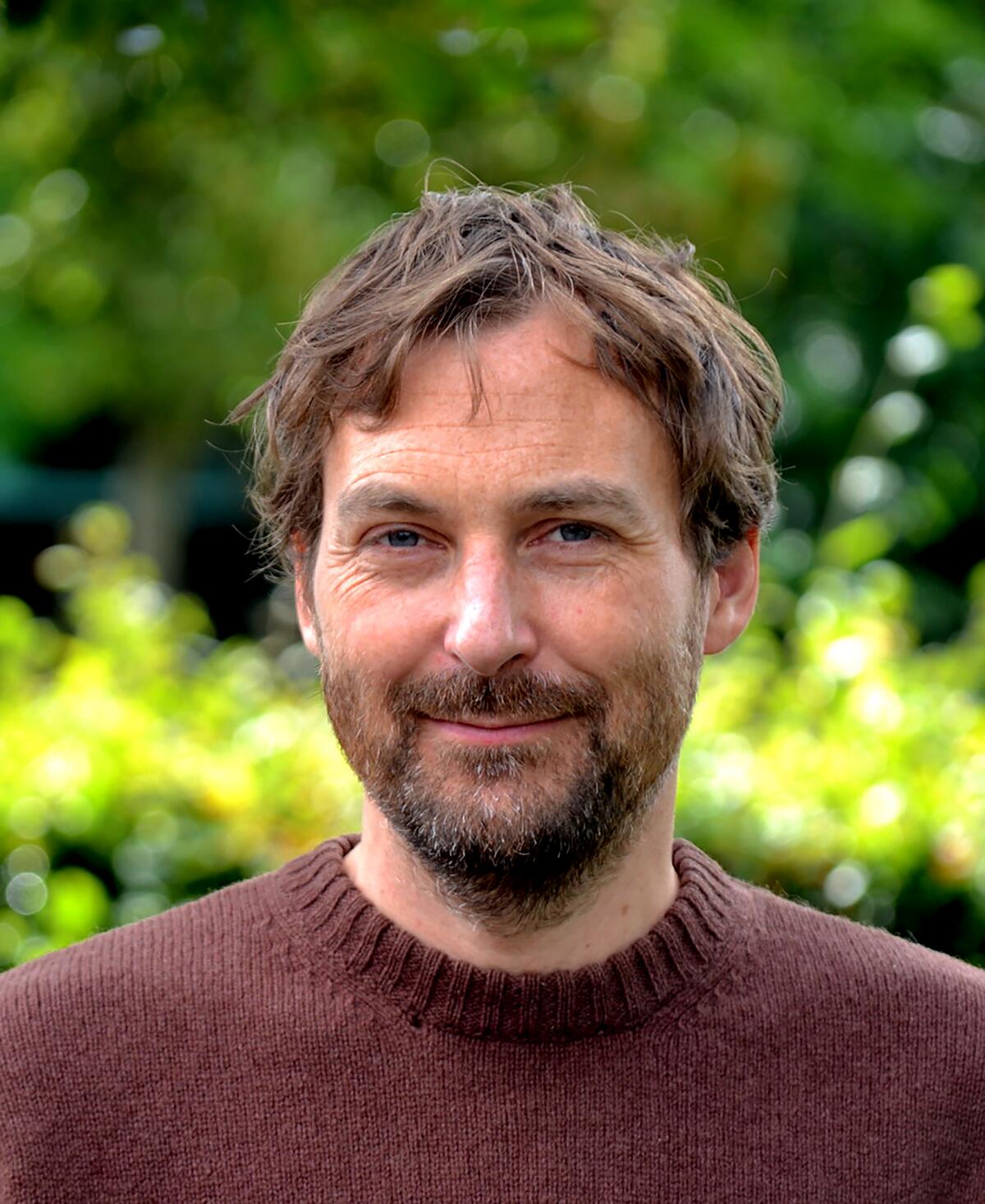
Sonically, the palette found its footing from “letters of soldiers writing back home to their family,” says sound designer and supervising sound editor Frank Kruse. “There are no real [audio] recordings from that time. Because there were quite a bunch of writers on the front lines, including Remarque, they tried to describe the sound with metaphorical descriptions.” The letters paved the way for the team to be aurally authentic yet not pinned to “scientific” accuracy. The result is a visceral, sometimes haunting soundtrack to the ravages of war.
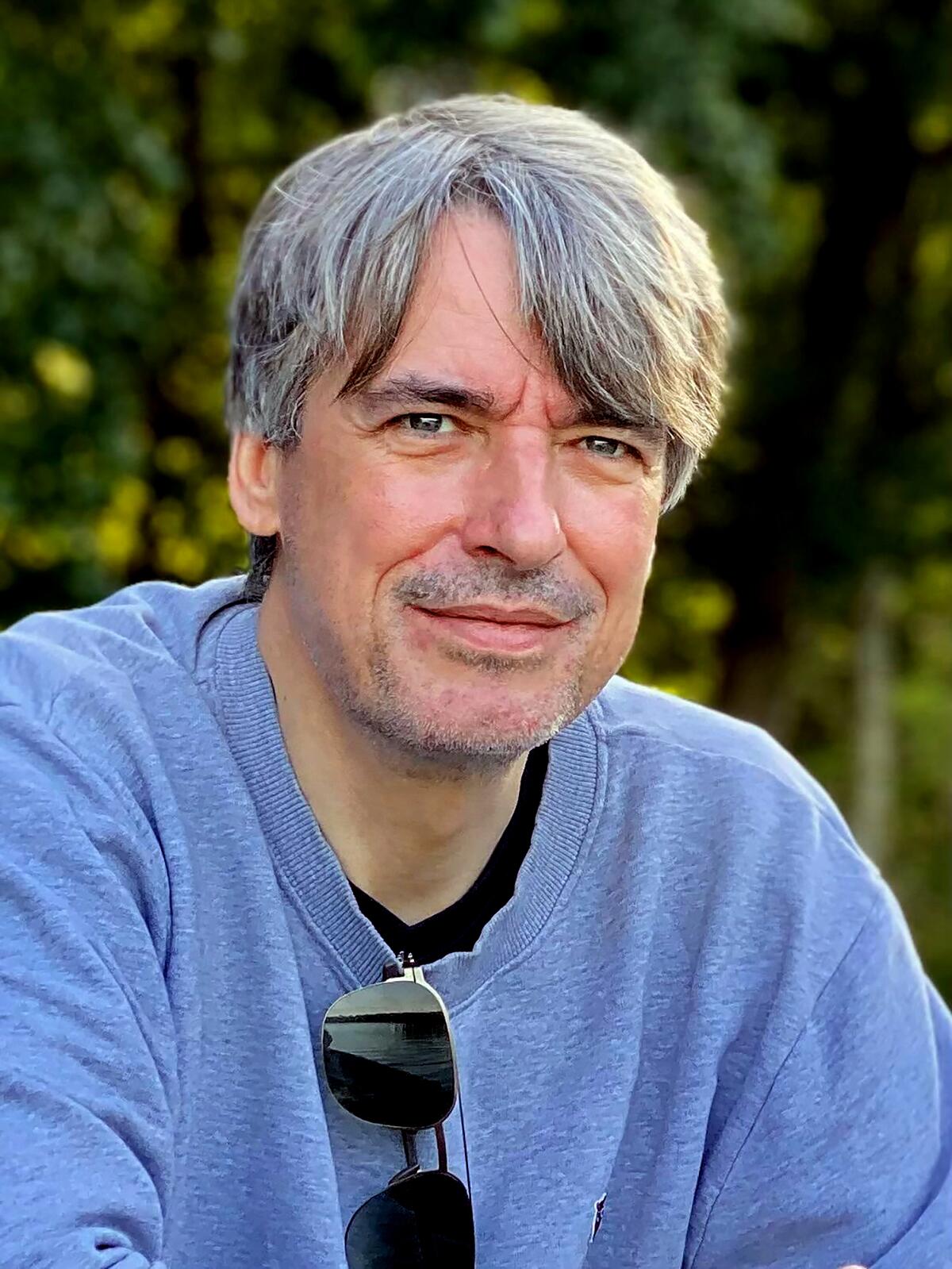
Each of three epic battle sequences that Berger brings to the screen stirs a realism of sonic details. Gunshots, machine guns, explosions, planes and even flamethrowers bite at our ears. When Paul is fighting inside a French trench, he finds a field kitchen where he and comrade Stanislaus “Kat” Katczinsky (Albrecht Schuch) gorge on food, filling their empty stomachs. The joyous moment is interrupted by the shaking ground. Outside, through the thick fog, a line of tanks appears — the first time they’ve ever been used on a battlefield. The sounds of the “iron monsters” were created by combining recordings from production sound mixer Viktor Prášil with foley sessions of metal screeches and animal noises.
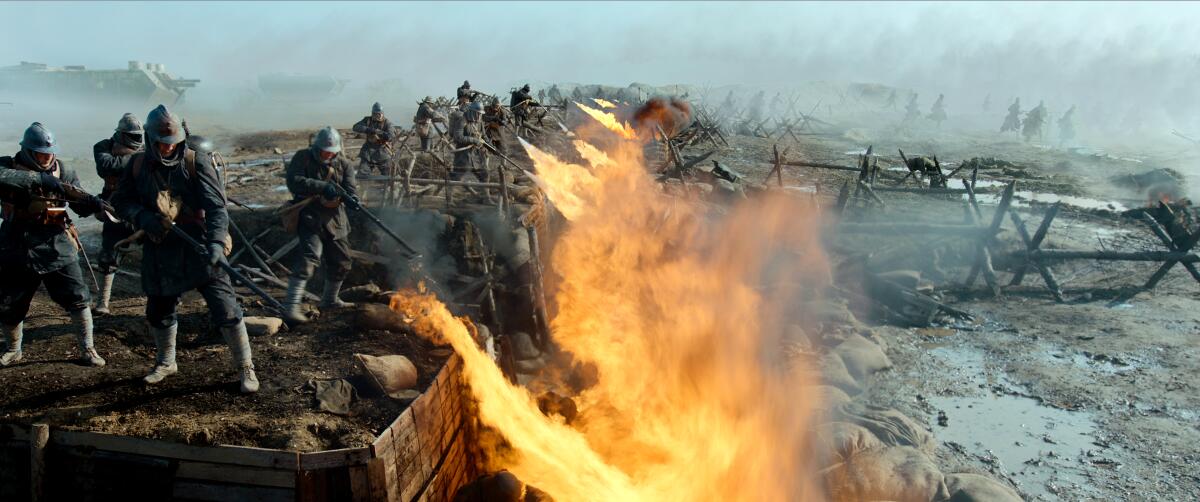
Dialogue was recorded using a number of overhead microphones wielded by boom operators Ondřej Vondráček and Lukáš Kuchař. Additionally, a wireless transmitter and small mic was placed inside the actors’ helmets for when the soldiers fought in the trenches. Prášil also recorded a number of wild tracks on set from different perspectives, especially moments that “would be difficult to shoot again or not even possible.” With the help of additional on-set sound mixers, Prášil says, “we shot over 40 gigabytes of audio material in mono, stereo and five-channel that was sent to post.”
The battle scenes were mixed so that each — as presented in Atmos, a three-dimensional sound design — came across differently, Ginzel says. “We tried not to treat any of the sequences the same. With the tank sequence, it’s a balance between sound effects and music that’s more or less equal. For the last battle sequence before the cease fire, it’s so extreme it was clear music had to lead. It was our way of trying to keep an evolution in the recurring themes we had.”
In a poignant sequence in which Paul has stabbed a French soldier and tries to get him to “shut up” by stuffing mud into his mouth, post let the actors do the heavy lifting in the scene. “It’s amazing the shift Paul has to go through from killing to trying to save the French soldier. I think the performances are remarkable,” Ginzel says.
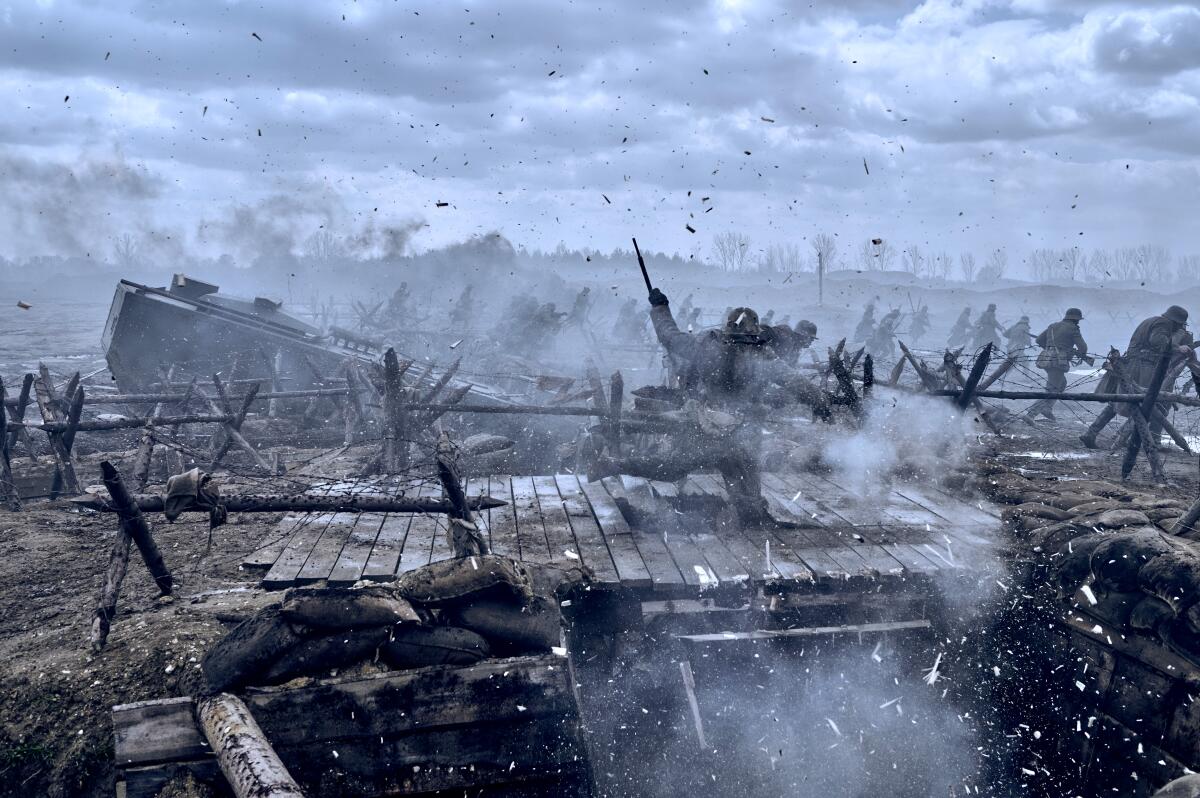
“The biggest challenge for us was trying to lose all the battle sounds and go to a silent field in the middle of nowhere without the audience noticing. Getting the timing right of that descent was the biggest task.” Kruse adds, “We used the sound of swifts [birds], which doesn’t make sense at all because swifts travel south in the winter. We intentionally used these birds to, hopefully, make this dreamy, sad moment inside Paul where he’s wishing himself away from all this horror.”
There are plenty of quiet, innocent moments as well. Like when Paul reads Kat a letter his wife wrote him. The sun is shining as the wind-chilled air hits their backsides. No sounds of war are found. Or when Paul and his comrades eat a stolen goose as if they are farm boys, laughing and having a warm meal. It’s in these valleys where we see (and hear) some humanity among the chaos.
Another striking instance is a climactic scene in which Kat is shot in an empty, snowy forest. “As he looks up, you hear the wind but there are no leaves in the trees. But we still added the sound of rustling leaves,” Kruse says. “There is this little abstract moment we were able to create from it. It’s one of my favorite sound moments in the film.”
Ginzel adds, “The quiet moments are what keep the whole film together.”
More to Read
Sign up for The Envelope
Get exclusive awards season news, in-depth interviews and columnist Glenn Whipp’s must-read analysis straight to your inbox.
You may occasionally receive promotional content from the Los Angeles Times.







